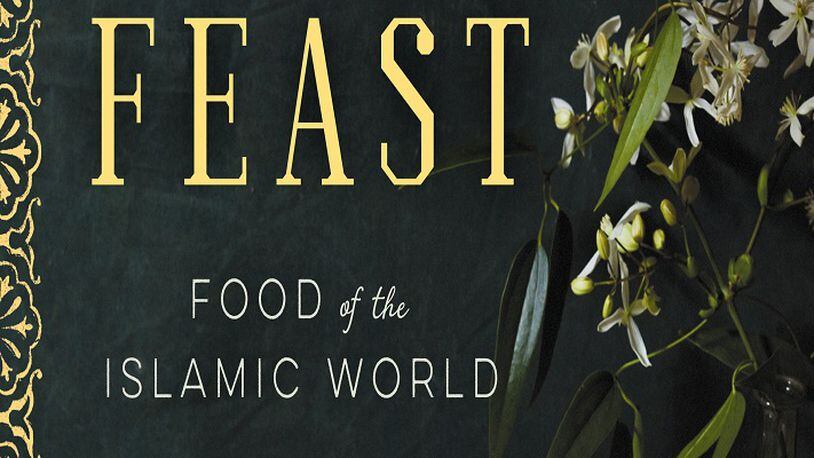Helou grew up in Beirut in a Lebanese-Syrian family and in her 20s moved to London, where she worked at Sotheby’s and then as an art consultant. She eventually turned to cooking, teaching and writing about food; her first book, “Lebanese Cuisine,” was published in 1994. Now 66, Helou has written books that span the cooking of the Middle East, the Mediterranean and the Levant and North Africa. Helou’s “Feast” reads like a culmination of decades of travel and research and scholarship — and some pretty magnificent dining.
You will not find, as Helou points out in her matter-of-fact introduction, a lot of recipes for hummus and baklava in this book. What you will find is what she calls a limited selection (a wry understatement) of classics and personal favorites that span a cuisine that encompasses not just the Middle East but also Senegal, Tanzania, Bangladesh, Malaysia and beyond.
So there are basic recipes, for pita bread and paneer, fattoush and kebabs; for more complex dishes, such as many regional variations of curry and biryani; and then the more elaborate preparations, including Moroccan pigeon pie b’stilla, decorated baked kibbeh and a roasted whole baby goat. (Most of the photography is by Kristin Perers, lovely studio and step-by-step shots, or from Helou herself, from her exhaustive travels.)
Embedded in the book among the Nigerian breakfast fritters, the Hyderabadi biryani, the Algerian fish cakes and the Ramadan date cookies are asides that read like short stories — don’t miss the one about how to roast a camel hump in the United Arab Emirates. Which is all to say that Helou’s book is not only a series of lessons about culinary history and technique, but also a profound celebration of the cuisine of a quarter of the world’s population. It’s a beautiful feast of a book.
About the Author
